![]() Nov 07 2022
Nov 07 2022
![]()
"Biodegradable" and "compostable" are not the same concepts. Each has its own advantages and disadvantages. This article will explain the difference between the two in detail.
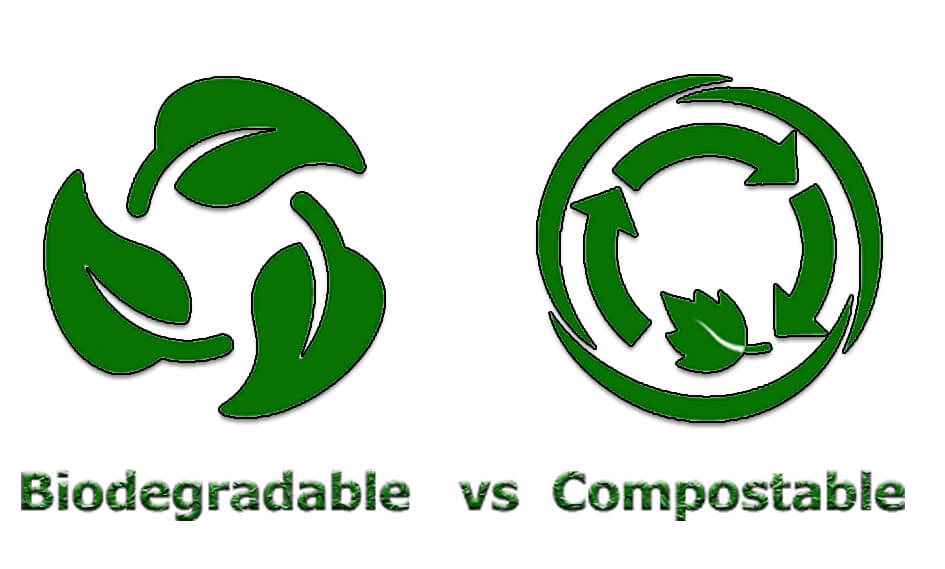
Biodegradable refers to any substance that can be broken down by microorganisms (such as bacteria and fungi) and absorbed into the natural environment. Biodegradation is a naturally occurring process.
When an object decomposes, its original components are broken down into simpler components such as biomass, carbon dioxide, and water. This process can be done with or without oxygen, but it takes less time with aerobics, like a bunch of leaves in your yard breaking down in a season.
How long it takes to biodegrade depends on the chemical composition of the object and how it is stored, with variables such as temperature, water, light, and oxygen affecting the rate of degradation. Most landfills lack sunlight, air, and moisture, so the biodegradation process slows down significantly.
Vegetable peels, eggshells, paper, and garden waste are all directly biodegradable. When these items are discarded, they decompose in a shorter period of time, so they can be absorbed into the natural environment.
In contrast, materials such as foam, plastic, and aluminum are generally considered non-biodegradable because they take a long time to break down.
Figuring out whether an object is truly biodegradable can be a challenge, especially when you're evaluating objects that aren't typically made of biodegradable materials, such as phone cases or tote bags. So if you want to find out if something is biodegradable, check the packaging and don't hesitate to contact the manufacturer to ask.
That said, most "biodegradable" consumer products are actually difficult to absorb into the soil through natural biodegradation. In order to biodegrade, they need to create a specific set of conditions through the composting process.

The term "compostable" refers to a product or material that can be biodegraded under specific, human-driven circumstances. Unlike the completely natural process of biodegradation, composting requires human intervention.
During composting, microorganisms break down organic matter with the help of humans, who provide the water, oxygen, and organic matter needed to optimize conditions. The composting process usually takes a few months or 1-3 years. Time is affected by variables such as oxygen, water, light, and the type of composting environment. There are two main types of compost:
Residential composting: Residential composting involves collecting food scraps into bins or heaps, mixing it with yard waste, and regularly breaking it down into more basic organic matter. For this reason, you can't break down things like meat, cheese, and fish in a residential trash can because not enough heat is produced.
Commercial composting: Commercial composting involves screening and sorting organic and inorganic materials, breaking them down with chippers and grinders, and creating optimal humidity, temperature, and oxygen conditions. As a result, commercial composters are capable of breaking down more complex products than home composters.
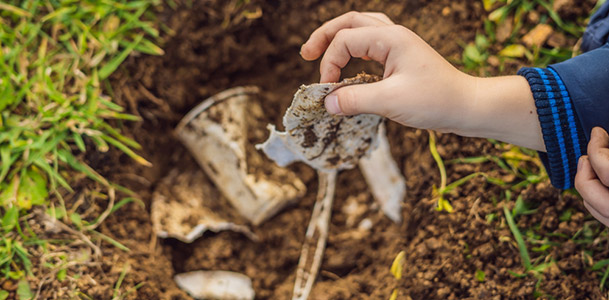
The shopping bags, takeaway boxes, or disposable coffee cups that everyone in the mall picks up after shopping may come across biodegradable and compostable disposables and compostable packaging.
Many restaurants are even starting to use bagasse for takeout containers, cutlery, and cups. These are usually made from materials such as bagasse, cellulose, and bamboo. When properly composted, they break down into non-toxic carbon dioxide, biomass, and water.
PRODUCT CATEGORIES
![]() You May Also Like
You May Also Like
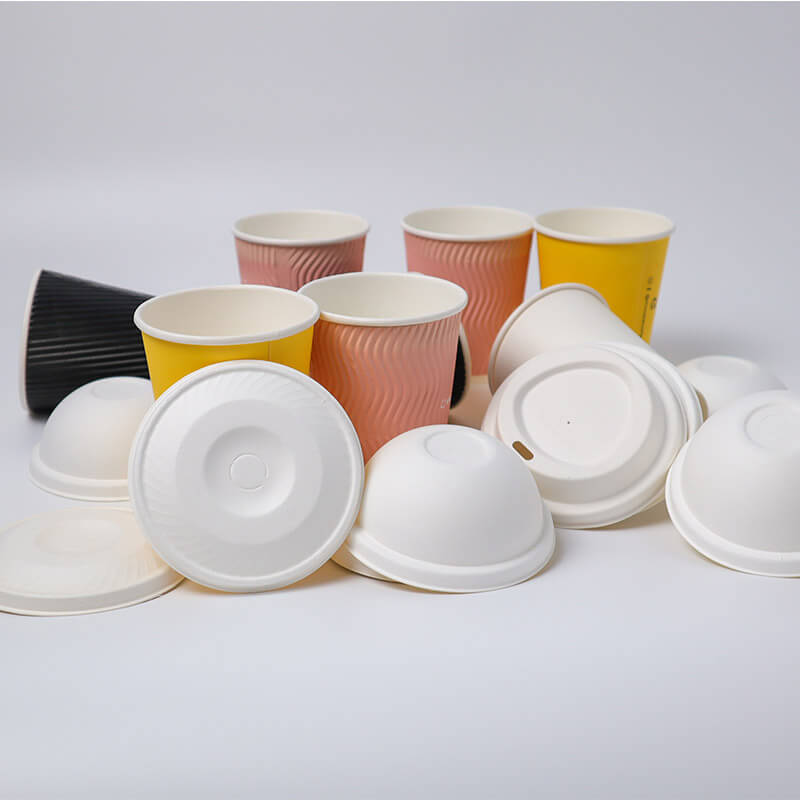
Custom Biodegradable Bagasse Pulp Cuplids, Coffee Paper Cup And Lids
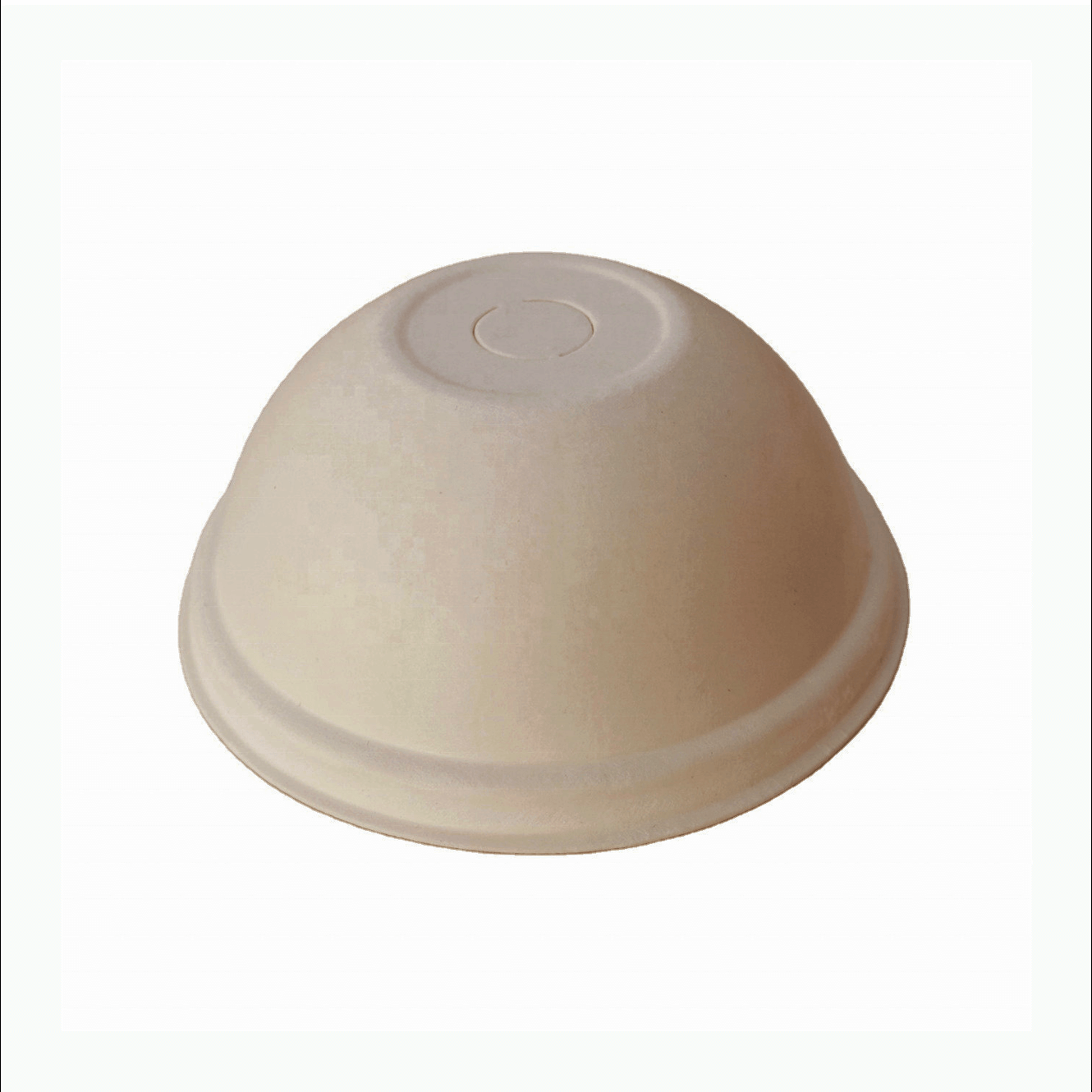
80mm Bagasse paper lid, dome shape, natural brown
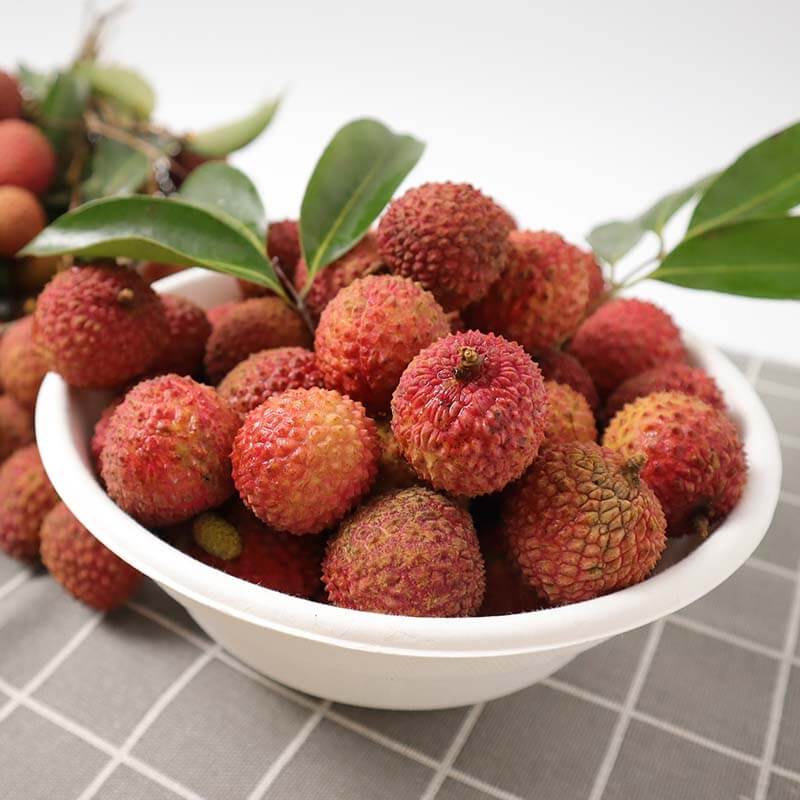
Wholesale Biodegradable Disposable Bagasse Salad Rice Fruit Bowl

7 x 5 inch Rectangle bagasse clamshell, white
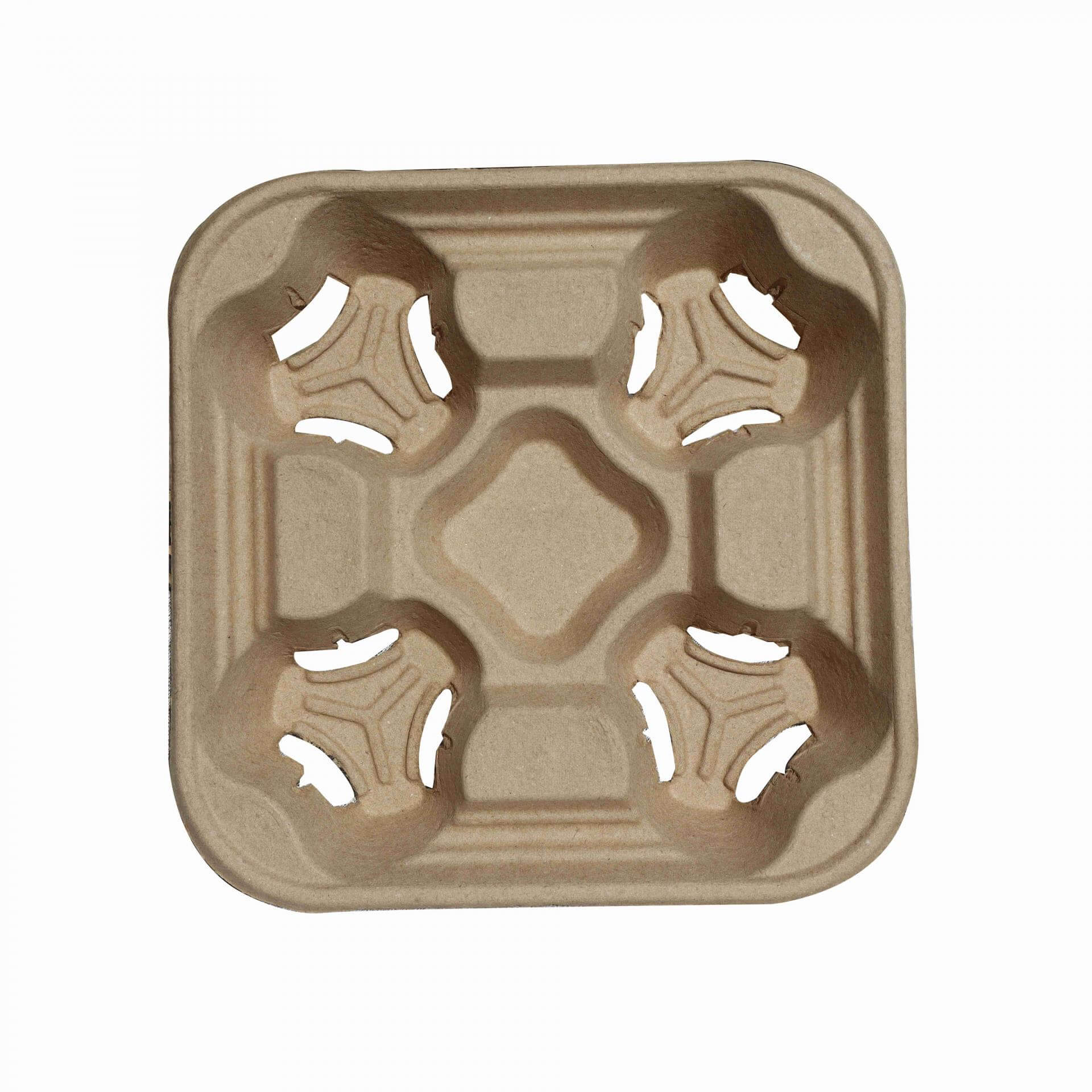
Corrugated pulp disposable 4 cup holder tray takeaway carrier

90mm natural brown sugarcane pulp sip lid, round design
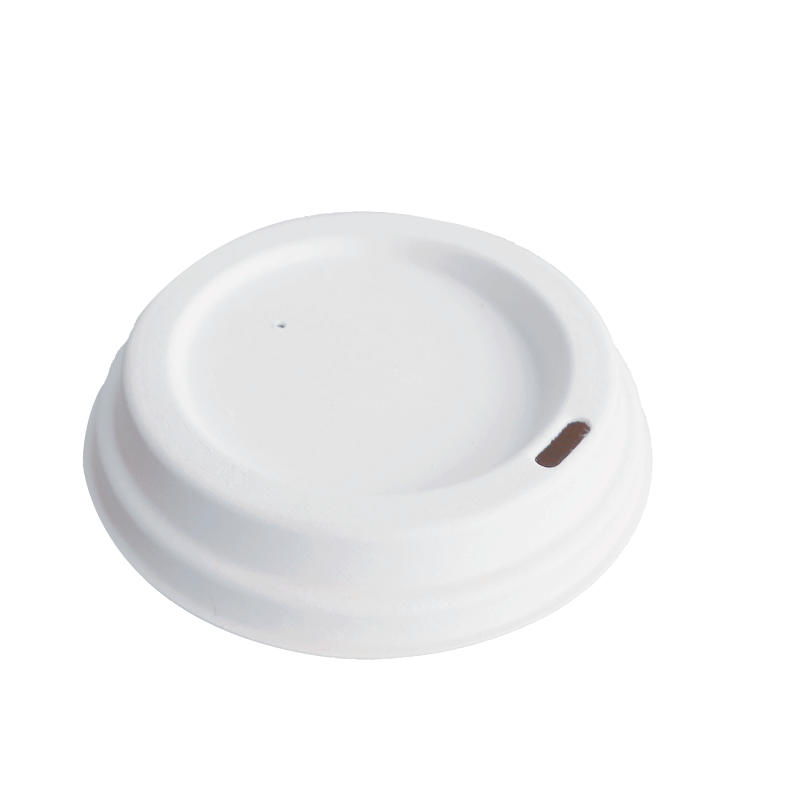
90mm White sugarcane pulp sip lid, round design
